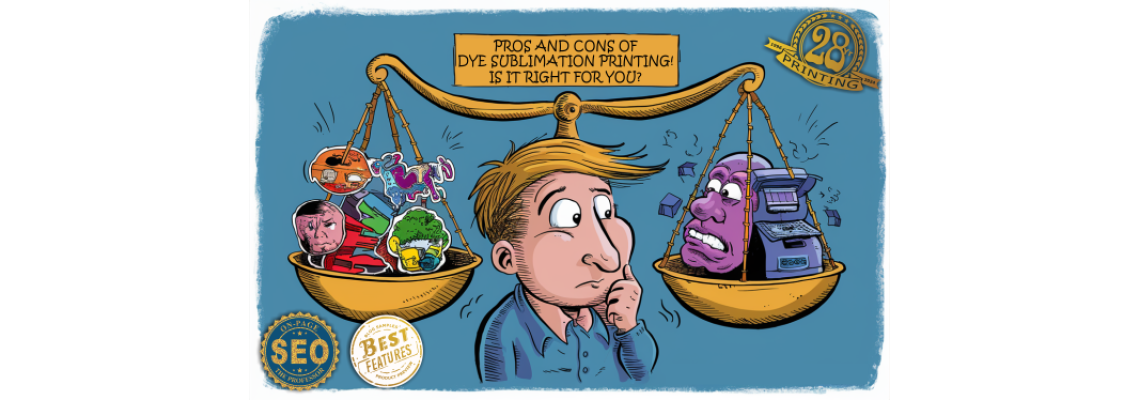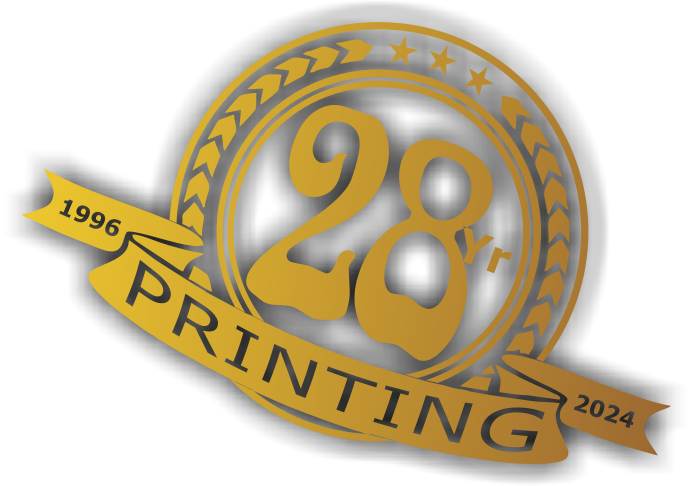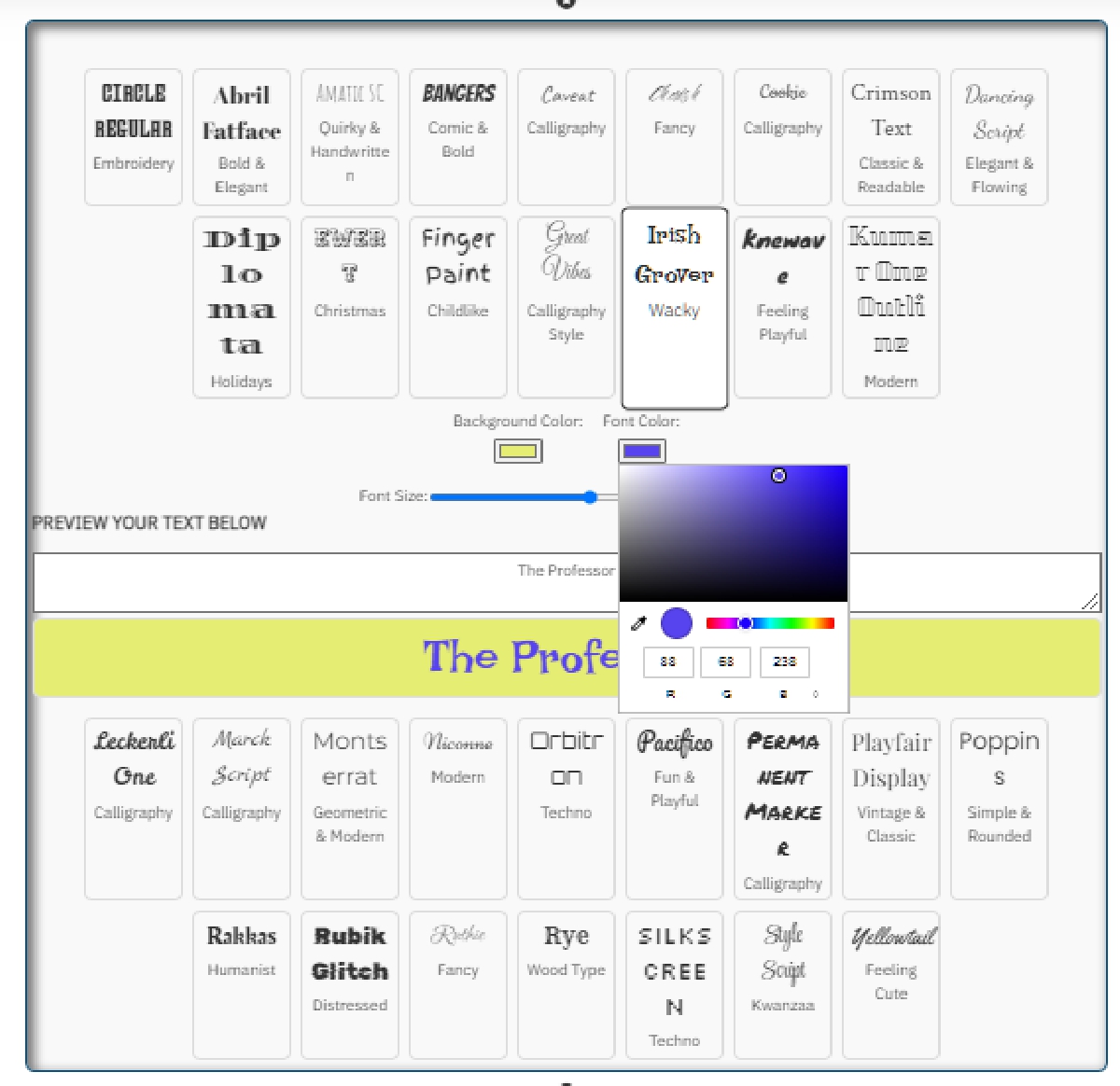
Dye sublimation printing has gained popularity in recent years, especially among custom printing enthusiasts and businesses.
Known for its vibrant colors and durable prints, dye sublimation offers unique advantages, but it also comes with some limitations. In this article, we will explore the pros and cons of dye sublimation printing to help you decide if it's the right choice for your needs.Pros of Dye Sublimation Printing
1. Vibrant and Long-Lasting Colors
One of the most significant advantages of dye sublimation printing is the ability to produce vibrant, high-quality images. The process involves turning dye into gas, which then permeates the fibers of the substrate. This results in rich, vivid colors that are difficult to achieve with other printing methods. Additionally, because the dye becomes part of the material, the prints are less likely to fade over time.
2. Wash-Resistant Prints
Dye sublimation prints are incredibly durable and wash-resistant. Unlike traditional screen printing, where the ink sits on top of the fabric, sublimation dyes are absorbed into the material. This means that the prints won't crack, peel, or wash away, making them ideal for apparel and items that require frequent laundering.
3. Smooth Finish
The sublimation process produces a smooth, seamless finish. There is no ink build-up on the surface of the material, which means you won't feel the print when you run your hand over it. This makes sublimation printing perfect for creating comfortable and stylish apparel.
4. Versatility
Dye sublimation printing is versatile and can be used on a wide range of products, including clothing, home decor, and promotional items. From T-shirts and hoodies to mugs and phone cases, the possibilities are endless. This versatility makes it a popular choice for businesses and individuals looking to offer a variety of custom products.
5. Eco-Friendly
Sublimation printing is considered to be more environmentally friendly compared to other printing methods. The process produces minimal waste, and the dyes used are typically non-toxic. Additionally, since the prints are long-lasting, there is less need for frequent reprinting, which reduces the overall environmental impact.
Cons of Dye Sublimation Printing
1. Limited Material Compatibility
One of the main drawbacks of dye sublimation printing is its limited material compatibility. The process works best on polyester or polyester-coated substrates. Natural fabrics like cotton do not work well with sublimation dyes, which can be a limitation if you prefer using natural materials for your products.
2. Initial Investment
The initial investment for dye sublimation printing can be high. The equipment required, including a sublimation printer, heat press, and specialized inks, can be expensive. This can be a barrier for small businesses or individuals just starting out. However, the cost can be offset by the long-term benefits and the ability to produce high-quality, durable prints.
3. Color Limitations
While dye sublimation is excellent for producing vibrant colors, it has some limitations in terms of color accuracy. The process works best with a white or light-colored base, as the dyes are translucent. This means that achieving true black or dark colors can be challenging, and the final result may not always match the original design exactly.
4. Learning Curve
There is a learning curve associated with dye sublimation printing. Achieving the best results requires understanding the process, the materials, and the equipment. It can take time and practice to master the technique and produce consistent, high-quality prints. However, many resources and tutorials are available to help you get started.
5. Time-Consuming
Sublimation printing can be time-consuming, especially for large orders. Each item needs to be individually printed and heat pressed, which can be a slow process compared to other printing methods like screen printing. This can be a drawback if you need to produce large quantities of items quickly.
Conclusion
Dye sublimation printing offers numerous benefits, including vibrant, long-lasting colors, wash-resistant prints, and versatility. However, it also has some drawbacks, such as limited material compatibility and a high initial investment. By weighing the pros and cons, you can determine if dye sublimation printing is the right choice for your needs. Whether you're a hobbyist, a small business owner, or looking to expand your product offerings, understanding the advantages and limitations of dye sublimation can help you make an informed decision.
Feel free to reach out if you have any questions or need further assistance with Dye Sublimation, or your artwork projects.

 29 years of #TheProfessor
29 years of #TheProfessor

 12% rewards for affiliate members
12% rewards for affiliate members

Leave a Comment